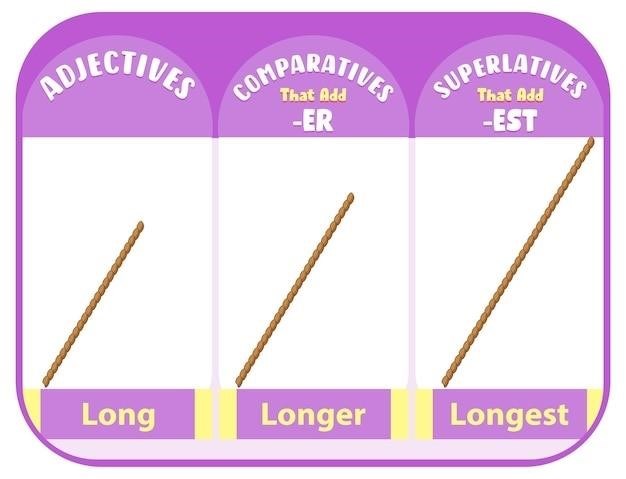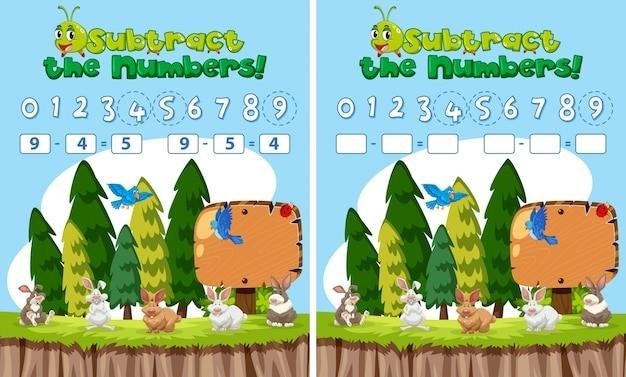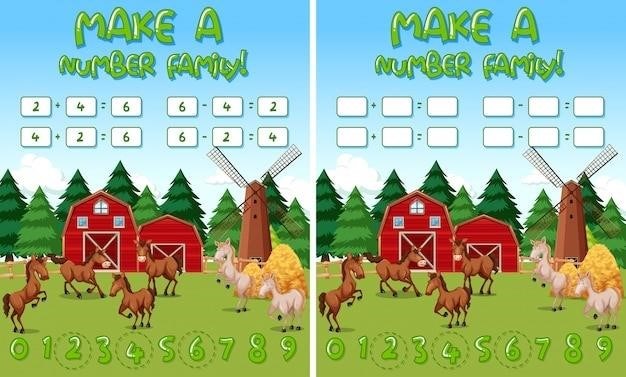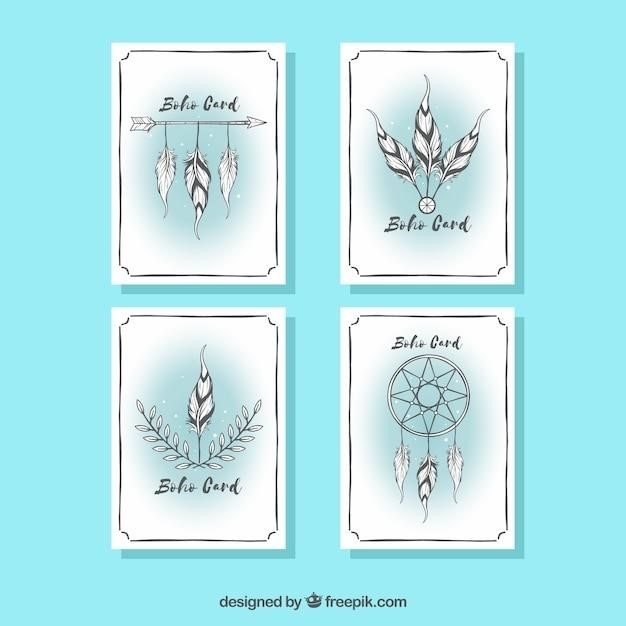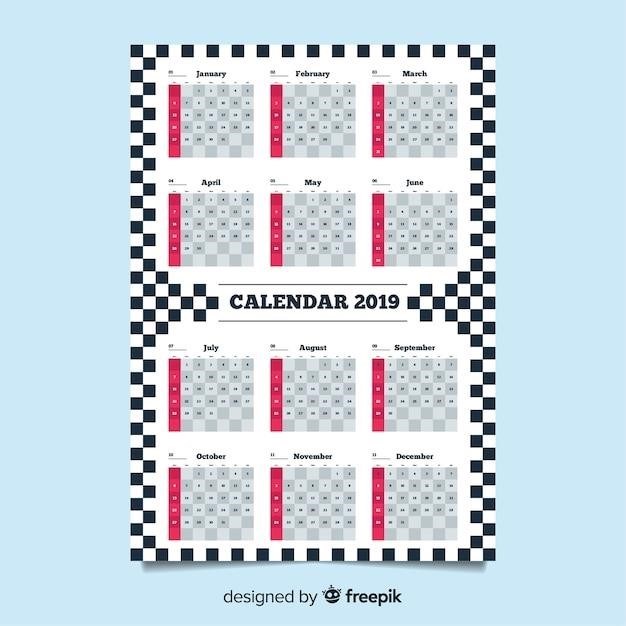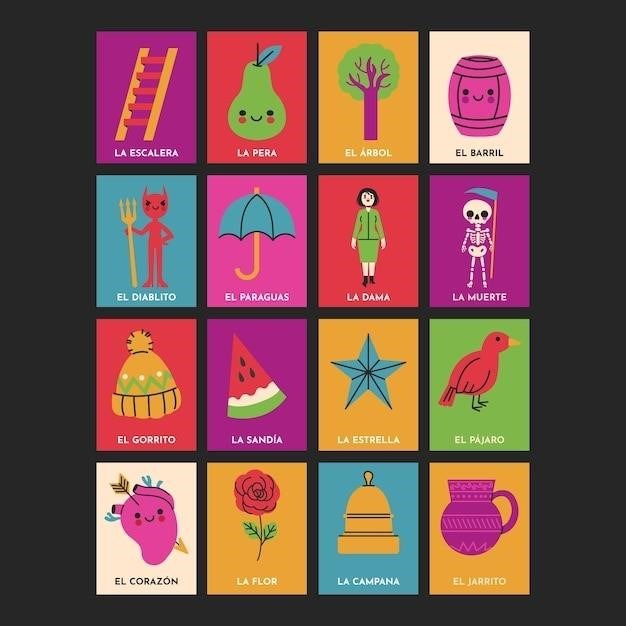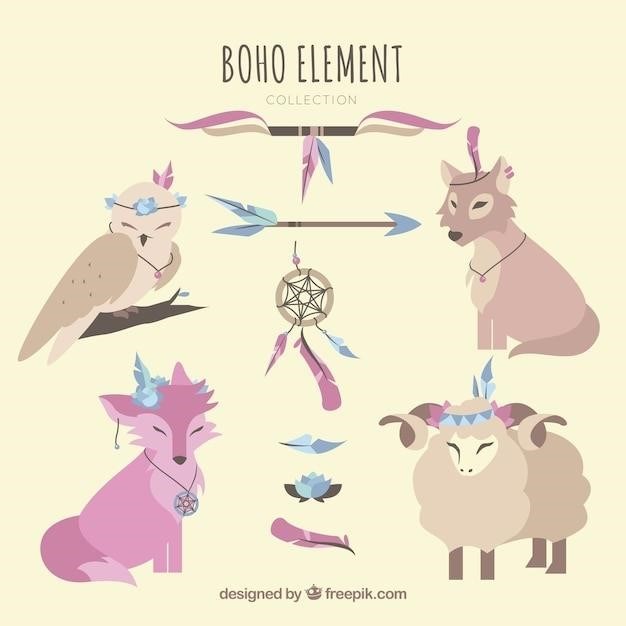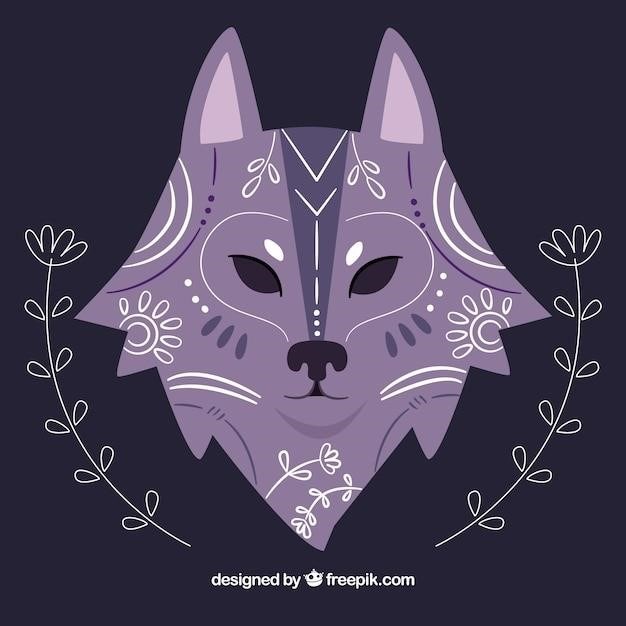Giovannis Room by James Baldwin⁚ A Critical Analysis
James Baldwin’s Giovannis Room‚ first published in 1956‚ is a groundbreaking novel that explores themes of homosexuality‚ morality‚ and the complexities of human relationships against the backdrop of 1950s Paris. The novel tells the story of David‚ a young American expatriate‚ and his passionate but ultimately destructive relationship with Giovanni‚ a handsome Italian bartender.
The Novel’s Setting and Context
Giovannis Room is set in 1950s Paris‚ a city that was both a haven and a crucible for American expatriates seeking artistic and personal freedom. This period was marked by a burgeoning postwar cultural renaissance‚ but also by a deeply ingrained societal intolerance towards homosexuality. Baldwin‚ himself a gay American writer living in Paris at the time‚ deftly captures the complexities of this environment‚ where both liberation and repression were palpable forces.
The novel’s setting is crucial to its themes. Paris‚ with its bohemian atmosphere and artistic energy‚ provides a temporary escape from the stifling homophobia prevalent in America. However‚ the city’s underbelly‚ characterized by its hidden bars and clandestine encounters‚ also reveals the ever-present threat of societal judgment and legal repercussions. The juxtaposition of these opposing forces creates a charged atmosphere that underscores the central conflict of the novel⁚ David’s struggle to reconcile his desires with the prevailing social norms.
Furthermore‚ the novel’s setting in a city teeming with American expatriates further complicates the story. David’s identity is already in flux as he navigates a new culture and seeks to define himself. The presence of other Americans in Paris‚ each grappling with their own issues of identity and belonging‚ adds another layer of complexity to David’s journey of self-discovery. The novel’s setting thus becomes a microcosm of the broader social and cultural landscape of the time‚ where issues of sexuality‚ identity‚ and societal acceptance were intertwined with the broader anxieties of a postwar world.
The Themes of Homosexuality and Morality
Giovannis Room is a powerful exploration of homosexuality and its implications in a society steeped in homophobia. Baldwin tackles the hypocrisy surrounding societal expectations of masculinity and the destructive consequences of internalized homophobia. David‚ the protagonist‚ embodies this internal conflict. He is drawn to Giovanni‚ a man who represents both passion and freedom‚ yet he is also deeply afraid of the social consequences of his attraction.
The novel delves into the complexities of morality surrounding homosexuality. David struggles with the guilt and shame associated with his desires‚ internalizing the societal stigma that labels homosexuality as immoral and deviant. He grapples with the conflicting messages of love and acceptance‚ seeking validation from both his own desires and the expectations of a world that condemns his true self. The novel exposes the inherent contradiction of a society that celebrates love and romantic relationships while simultaneously rejecting those who defy traditional gender roles and sexual norms.
Through David’s journey‚ Baldwin critiques the societal constructs that define morality and challenge the prevailing notions of right and wrong. He exposes the arbitrary nature of these constructs‚ demonstrating how societal norms can be used to justify prejudice and discrimination. By forcing readers to confront the hypocrisy of a world that simultaneously celebrates love and rejects those who love differently‚ Baldwin compels a reevaluation of morality itself‚ urging a more inclusive and compassionate understanding of human relationships.
The Character of David
David‚ the central character in Giovannis Room‚ is a complex and deeply conflicted young man grappling with his own identity and sexuality. He is a quintessential representation of the internal struggle faced by many gay men in a homophobic society. David is caught between his desire for Giovanni and the fear of societal rejection and self-loathing. He embodies the internalized homophobia prevalent in the 1950s‚ struggling to reconcile his attraction to men with the societal pressure to conform to heteronormative expectations.
David is portrayed as a man seeking love and connection‚ yet he is also plagued by fear and self-doubt. He craves the intensity of his relationship with Giovanni but also finds himself drawn to the perceived security of a traditional heterosexual relationship. He embodies the internal conflict of wanting to be loved and accepted for who he is while simultaneously yearning for a life free from the social stigma associated with homosexuality.

David’s journey is a powerful exploration of the internalized shame and guilt that can accompany homosexuality. He is portrayed as a man seeking validation and acceptance‚ desperately seeking to escape the confines of societal expectations. Through his struggles‚ Baldwin exposes the destructive nature of homophobia and its impact on individuals who are forced to live a lie‚ suppressing their true selves to fit into a world that rejects them.
The Character of Giovanni
Giovanni‚ the enigmatic and alluring Italian bartender‚ embodies the raw passion and untamed spirit that captivates David. He represents a freedom from societal constraints‚ a rejection of the heteronormative expectations that bind David. Giovanni’s character is a powerful symbol of self-acceptance and a defiance of societal norms; He embodies the unbridled passion that David desperately desires‚ yet also fears.
Giovanni’s life is marked by a sense of liberation‚ a rejection of the societal pressures that define David’s experience. He is unashamed of his sexuality‚ living authentically and openly. Giovanni’s character is a stark contrast to David’s internalized homophobia‚ highlighting the destructive nature of self-denial and the liberating power of embracing one’s true self.
Giovanni’s presence in David’s life is a catalyst for both self-discovery and turmoil. He awakens David’s desires and challenges his deeply ingrained societal conditioning. Giovanni’s character is a symbol of the potential for love and liberation‚ while also representing the precariousness of a world that rejects those who dare to be different. He is a reminder that love and self-acceptance are possible‚ even in a society that seeks to suppress them.
The Significance of the Room
The titular “Giovannis Room” serves as more than just a physical space in the novel; it becomes a powerful symbol of both desire and confinement. It represents a realm of forbidden intimacy‚ a sanctuary for David and Giovanni’s passionate encounters‚ but also a space where their relationship ultimately falters. The room is a microcosm of their love‚ a place where they can shed the weight of societal expectations and embrace their true selves.
Yet‚ the room also represents the limitations and dangers of their love. It is a space where they are trapped‚ unable to escape the consequences of their desires. The room becomes a symbol of the claustrophobic nature of their relationship‚ a reflection of the societal pressures that threaten to crush their love. The room’s isolation reinforces the sense of secrecy and shame that surrounds their love‚ a stark reminder of the societal stigma surrounding homosexuality at the time.
The room’s significance lies in its ability to symbolize the conflicting emotions at the heart of the novel⁚ passion‚ fear‚ and the yearning for acceptance; It is a space where David confronts his own internalized homophobia and grapples with the complexities of his love for Giovanni. The room’s ultimate fate‚ like the characters within‚ reflects the devastating consequences of societal pressures and the enduring struggle for self-acceptance.
Baldwin’s Personal Experiences and Influences
Giovannis Room is deeply infused with James Baldwin’s own experiences as a gay Black man navigating a world rife with prejudice and societal constraints. Baldwin’s life in Paris during the 1950s‚ a period when homosexuality was largely taboo‚ provided fertile ground for the novel’s exploration of love‚ sexuality‚ and identity. He drew upon his own struggles with self-acceptance and the societal pressures that surrounded him as a gay man in a time when homosexuality was criminalized in many parts of the world.
Furthermore‚ Baldwin’s experiences as a Black man in America‚ where he faced systemic racism and discrimination‚ informed the novel’s themes of alienation and the search for belonging. Baldwin’s personal struggles with race and sexuality intertwined to create a powerful and complex narrative that resonates with readers across generations.
Baldwin’s own life and experiences were woven into the fabric of the novel‚ lending an authenticity and emotional depth to the characters and their struggles. He infused Giovannis Room with his own observations of the human condition‚ creating a work of art that transcends its own time and speaks to the universal experiences of love‚ loss‚ and the search for identity.
The Novel’s Reception and Legacy
Giovannis Room‚ upon its release in 1956‚ sparked significant controversy and divided critical opinion. While some lauded its honest portrayal of same-sex relationships‚ others condemned its frankness and challenged its depiction of homosexuality. The novel’s explicit themes‚ rare in its time‚ pushed against societal norms and contributed to a growing discourse on LGBTQ+ issues. Despite the controversy‚ Giovannis Room garnered critical acclaim‚ cementing Baldwin’s place as a literary giant.
Over time‚ the novel has become a cornerstone of gay literature‚ its enduring relevance lying in its exploration of themes that continue to resonate with readers today. Giovannis Room remains a powerful testament to the struggles and triumphs of LGBTQ+ individuals seeking self-acceptance and recognition in a world often hostile to their identities. Its legacy is not only in its literary merit but also in its role as a catalyst for social change‚ sparking conversations about sexuality and challenging societal norms.
Baldwin’s work‚ including Giovannis Room‚ continues to inspire and resonate with readers of all backgrounds‚ leaving a lasting impact on the literary landscape and the broader cultural discourse on LGBTQ+ identity. It serves as a reminder of the power of literature to challenge societal norms‚ foster understanding‚ and illuminate the complexities of human experience.
Critical Interpretations of Giovannis Room
Critical interpretations of Giovannis Room have evolved over time‚ reflecting changing social and cultural perspectives on homosexuality. Early analyses often focused on the novel’s psychological exploration of David’s internal conflict and his struggle to reconcile his desires with societal expectations. Later critics‚ informed by the rise of queer theory‚ began to examine the novel’s representation of gay identity and its critique of heteronormative structures.
Some scholars have argued that Giovannis Room transcends a purely psychological analysis‚ exploring broader themes of alienation‚ isolation‚ and the search for belonging. Others have noted the novel’s ambiguity in its portrayal of sexuality‚ suggesting that Baldwin deliberately avoids easy categorization and challenges readers to grapple with the complexities of human relationships.
The novel’s enduring power lies in its ability to provoke different interpretations and engage readers in a complex and nuanced dialogue about love‚ desire‚ and the search for self-acceptance. Giovannis Room continues to be a subject of critical debate‚ offering a rich tapestry of perspectives that contribute to a deeper understanding of its enduring relevance.
The Novel’s Enduring Relevance

Giovannis Room‚ despite being written in the 1950s‚ retains its relevance in the 21st century. Its themes of societal pressures‚ internalized homophobia‚ and the struggle for self-acceptance continue to resonate with readers‚ particularly within the LGBTQ+ community. The novel’s exploration of the complexities of desire and the consequences of societal expectations remains potent‚ offering a timeless reflection on the human condition.
Furthermore‚ Giovannis Room serves as a poignant reminder of the historical context in which it was written. The novel’s portrayal of the social and legal discrimination faced by gay individuals in the 1950s provides valuable insight into the past and highlights the progress that has been made in LGBTQ+ rights. However‚ the novel also serves as a cautionary tale‚ reminding us that societal prejudice and intolerance can still manifest in various forms‚ even in ostensibly progressive societies.
Giovannis Room continues to be a powerful and thought-provoking work of literature‚ sparking conversations about identity‚ love‚ and the ongoing fight for equality. Its enduring relevance stems from its ability to connect with readers on a deeply personal level and to challenge us to confront our own biases and prejudices.
Giovannis Room⁚ A Turning Point in Gay Literature
James Baldwin’s Giovannis Room is widely considered a landmark text in gay literature. Published in 1956‚ during a time when homosexuality was largely taboo and often criminalized‚ the novel broke new ground by openly exploring the lives and experiences of gay characters. The novel’s frank portrayal of same-sex relationships‚ including the complexities of love‚ desire‚ and societal rejection‚ challenged prevailing social norms and helped pave the way for greater visibility and acceptance of LGBTQ+ individuals.
Prior to Giovannis Room‚ depictions of homosexuality in literature were often coded‚ veiled‚ or focused on negative stereotypes. Baldwin’s novel‚ however‚ dared to present a nuanced and humanizing perspective on gay life‚ challenging the heteronormative assumptions of the time. It is significant that Baldwin‚ an African American writer who experienced racism firsthand‚ was also a vocal advocate for LGBTQ+ rights‚ demonstrating the intersectionality of his struggles and his commitment to social justice.
Giovannis Room‘s impact on gay literature is undeniable. It helped create a space for LGBTQ+ writers and readers to find representation and validation‚ paving the way for the development of a more diverse and expansive gay literary tradition. The novel’s enduring influence continues to inspire generations of writers and readers to challenge societal norms and to celebrate the beauty and complexity of human relationships‚ regardless of sexual orientation.
The Novel’s Impact on American Culture
Giovannis Room‚ published in 1956‚ had a profound impact on American culture‚ contributing to the broader social and cultural shifts that were taking place during the 1950s and 1960s. While the novel’s frank exploration of homosexuality was controversial at the time‚ it sparked important conversations about sexual identity‚ societal norms‚ and the need for greater understanding and acceptance of LGBTQ+ individuals.
The novel’s success helped to raise awareness of LGBTQ+ issues and challenged the prevailing homophobia and discrimination that characterized American society. It also contributed to a growing sense of visibility and empowerment within the LGBTQ+ community‚ providing a sense of representation and validating the experiences of individuals who had long been marginalized and silenced. Giovannis Room‘s impact extended beyond the literary world‚ contributing to the broader cultural landscape of the 1960s and beyond‚ as the LGBTQ+ rights movement gained momentum.
The novel’s enduring relevance testifies to its ability to transcend the specific historical context in which it was written. Giovannis Room continues to resonate with readers today‚ offering a poignant exploration of human relationships‚ the search for self-acceptance‚ and the struggles for social justice. It remains a powerful reminder of the need for empathy‚ understanding‚ and respect for all individuals‚ regardless of their sexual orientation.




